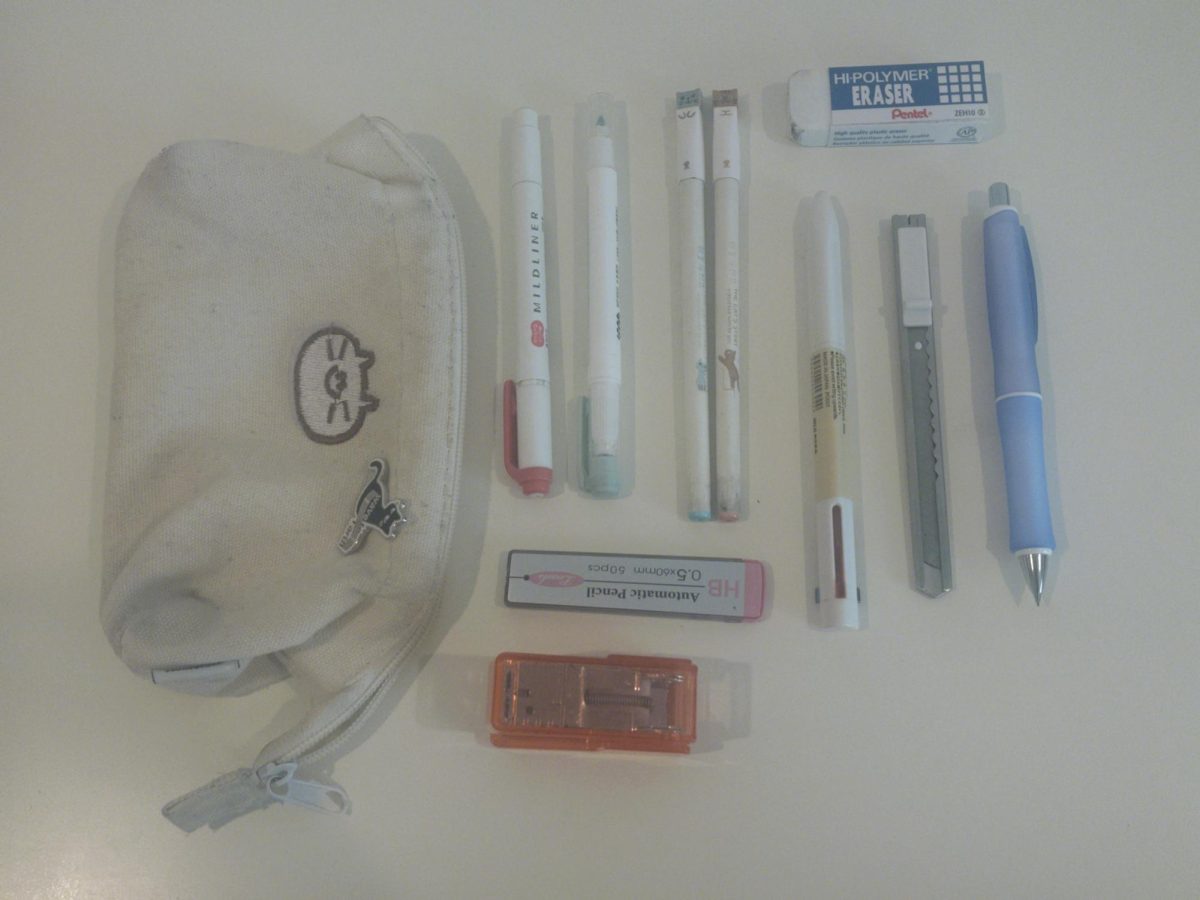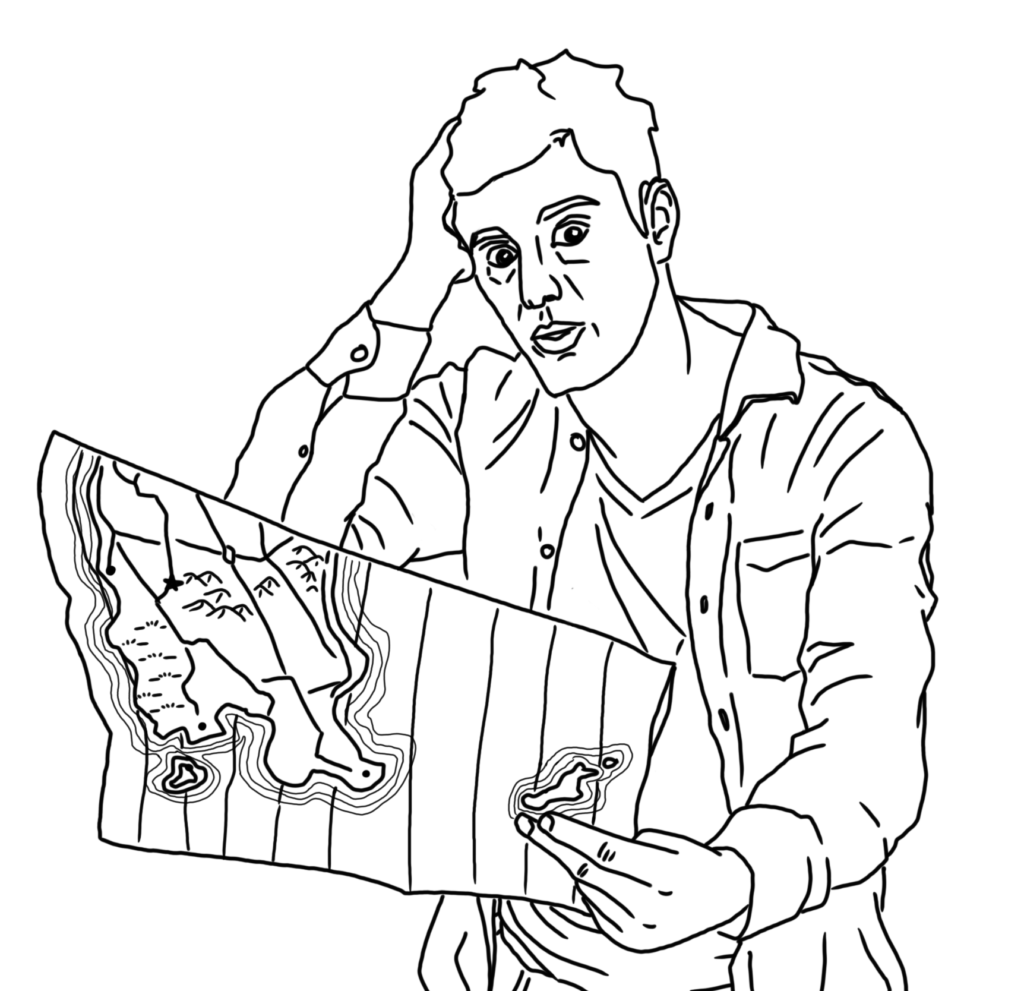Kiribati. Suriname. Burkina Faso. São Tomé and Príncipe.
These are just a handful of the 195 countries recognized by the United Nations. My self-appointed mission? To attain the ability to identify all of them on the map in less than a week.
But first, the question of why. One day, while I was surfing the web, I just happened to stumble upon an online advertisement for a geography game website called Seterra. I soon found myself mindlessly matching the names of tiny Caribbean islands to a map, and I decided to challenge myself to take it to the next level.
The website features a variety of learning tools, such as mini challenges where users guess the locations of countries on each continent. Every game mode functions the same: You match the name of each country to its location by clicking within the borders of the corresponding nation on a map.
On day one, I started simple by guessing country locations for the North American continent. No struggle was necessary to pinpoint the United States, Canada and Mexico. As I moved down to Central America, I made quite a few mistakes, but it wasn’t anything terrible. Most of the nations in that region feature distinct shapes that make them easy to memorize, like Panama, which looks like a toppled over letter S.
South America proved easier than expected. I immediately identified Brazil as the large triangle and Chile as the long linear needle that hugged Argentina. Admittedly, I got Paraguay and Uruguay mixed up a few times, but my momentum continued.
On Day 2, I hopped across the Atlantic Ocean to Europe, expecting to breeze through it. It proved to be an absolute nightmare instead.
While some nations stood out clearly, such as the United Kingdom, France, Germany and Spain, others were simply lost in what felt like a jelly bean jar. Eastern Europe is chock full of tiny nations like Montenegro, Slovenia and North Macedonia that have few distinguishing attributes between their borders.
I ended up spending Days 2, 3 and 4 mastering Europe before I entered the Middle East and Asia. My journey into the Arabian desert proved to be quite a pleasant one as the region isn’t too dense (ahem, Eastern Europe, I’m looking at you). Asia went relatively smoothly as well since it’s largely dominated by the two giants of China and India — though Central Asia was a little trippy with all the “stans” — Kazakhstan, Uzbekistan, Kyrgyzstan, Tajikistan and Turkmenistan — being clustered in an indistinguishable geographic blob.
By Day 5, all that was left was Oceania and Africa. Africa introduced me to a number of nations I never knew existed, including Malawi, Guinea, Guinea-Bissau, Burundi and several others. Thankfully, almost all the nations feature unique border shapes that make them easy to identify, such as Somalia, which looks like the head of a spear.
Oceania, however, gave me permanent brain damage. Aside from Australia, the nations there look like specks of dirt in the Pacific (no offense). For these nations, I ended up developing a new method to deduce their locations. Rather than basing my memorization on border shape and size, I gauged their relative locations to one another. Palau is furthest to the west, while the Marshall Islands are the northernmost island chain.
At last, by the sixth day of the challenge, I had done it. In seven minutes and 15 seconds, I managed to pinpoint the locations of all 195 countries with 100% accuracy.
Now for the final verdict: Would I recommend this ultimate geography challenge to others?
Yes, absolutely. While trying to pinpoint nearly 200 countries on a map may sound intimidating, by spreading practice sessions into small 10-minute blocks, one can easily master the challenge in no time. Not to mention, doing the challenge can help exercise memory retention and visual learning.
If you do manage to complete this challenge, consider an arguably even greater undertaking: memorizing the flags of all those 195 countries in the world on Seterra. Best of luck!


























